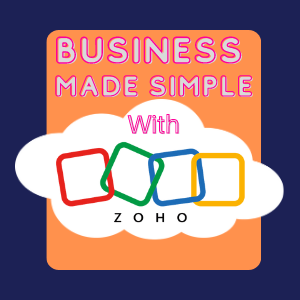|
Technology Tools are key to increase your online presence, lead generation, branding, and expose your services to consumers. Which is why we created the Biz Tech Toolkit, a downloadable document that shares three key steps to build your business and brand and the tools that will help you get there (DOWNLOAD HERE). Let’s explore The Biz Tech Toolkit and how it enhances your business and branding goals.
1. Develop and Design a Website with Widgets: Adding widgets to your website can enhance the user experience and provide additional functionality. Widgets are small applications or tools that can be embedded on your website to offer specific features. For example, you can add a chat widget for customer support, a social media widget for sharing content, or a lead capture widget for capturing visitor information. By including widgets strategically, you can improve engagement, increase conversions, and enhance the overall user experience on your website. 2. Promote on Primary Platforms: Primary Platforms refer to the key digital channels or online platforms where you establish a presence to connect with your target audience. This can include social media platforms, e-commerce platforms, or other online marketplaces. By identifying and leveraging the primary platforms where your target audience spends time, you can effectively communicate your brand message, showcase your products or services, and engage with potential customers. 3. Use Activation Applications: Activation Applications are tools used to drive conversions or specific actions from your audience and track online activity through data. Activation Applications can include tech tools such as lead generation forms, email marketing automation tools, or tracking tools like Google Analytics and social media pixels. Activation Applications help streamline and simplify the customer journey and encourage prospects to take desired actions, such as signing up for a newsletter, making a purchase, or becoming a brand advocate. By implementing the Building Blocks of the Biz Tech Toolkit, you can enhance your business and brand presence, improve website functionality, engage with your target audience more effectively, and drive desired actions. Are you ready to build your Technology Toolkit? Click the link HERE or button below to download our Biz Tech Tool for FREE and get immediate access to the best technology tools for your business and brand! D. Marie Smith is a source for tech learning, reviews and online services. Click subscribe to be notified of our new content. Plus sign up for our newsletter to get exclusive details on products, service and more! Don’t miss more opportunities to learn from our team. Follow us on our social platforms @bizteachmentor.
0 Comments
Cloud software is a needed tech tool for businesses and brands because they help manage the company's operations, automate processes, and equip you with professional tools that serve customers and employees. One of the most diverse Cloud Software solutions for small businesses and large enterprises is Zoho and its features rival the likes of Google Workspace and Microsoft 365. Zoho has also been used by large organizations like Delta Airlines, Amazon, and Loreal. Keep reading to get the game on 11 ways Zoho can work for you and your team:
Collaboration
At the current moment, I am testing Thrive, Zoho’s affliliate and loyalty program tech tool (see HERE). Have you ever considered or tried a Zoho product? How does it compare to other platforms in the marketplace? Let us know in the comments. |
D. Marie SmithBusiness Technology and Social Media Consultant Categories
All
|



 RSS Feed
RSS Feed